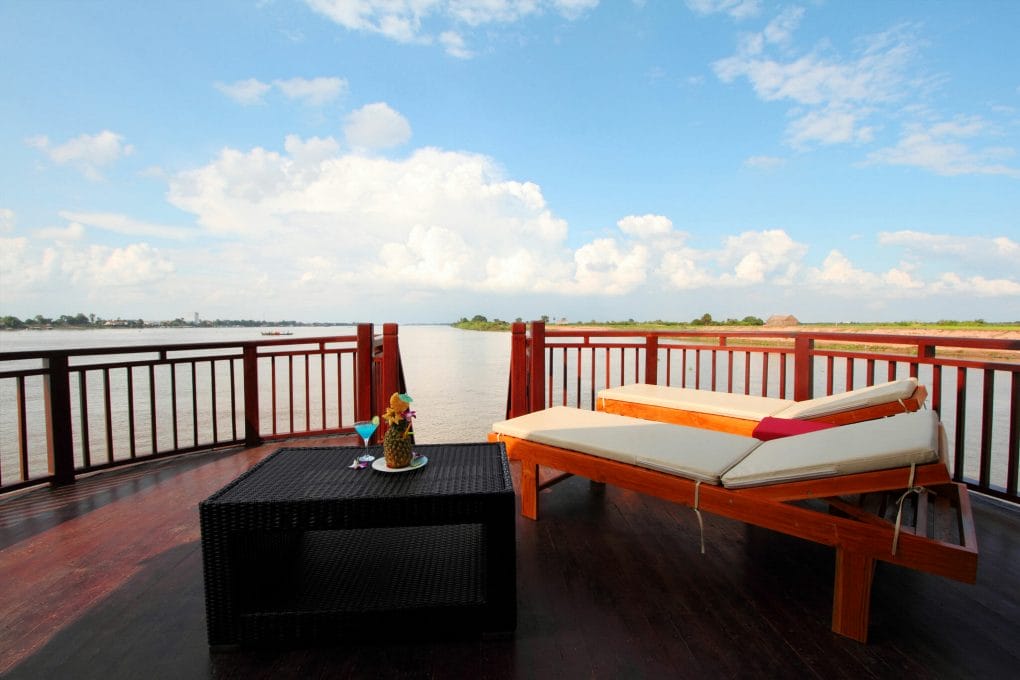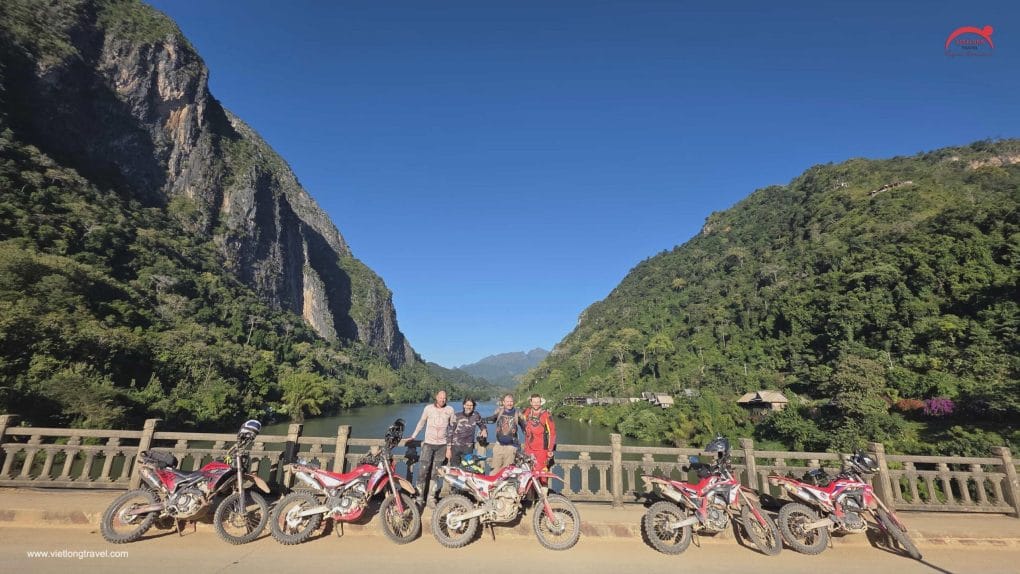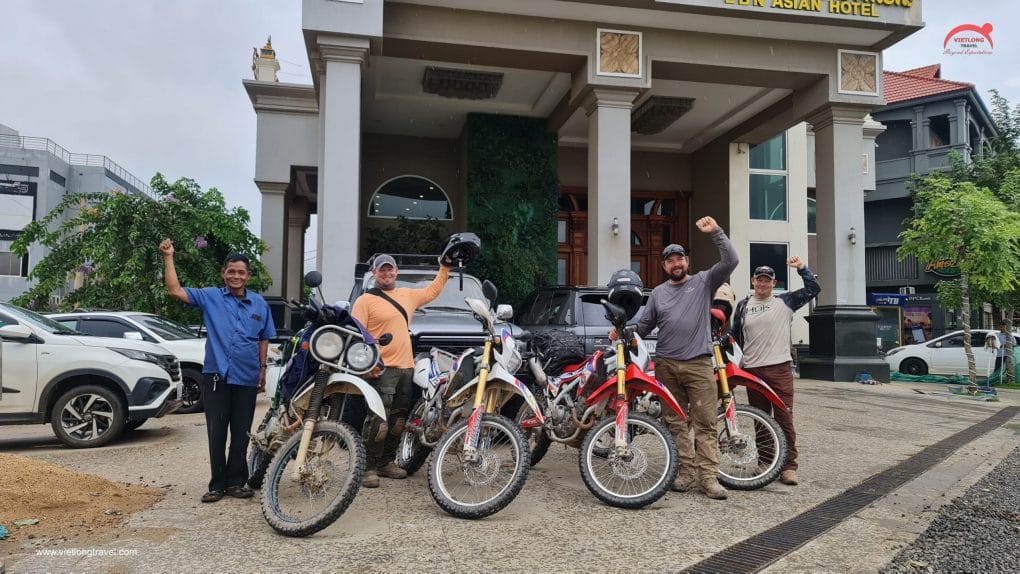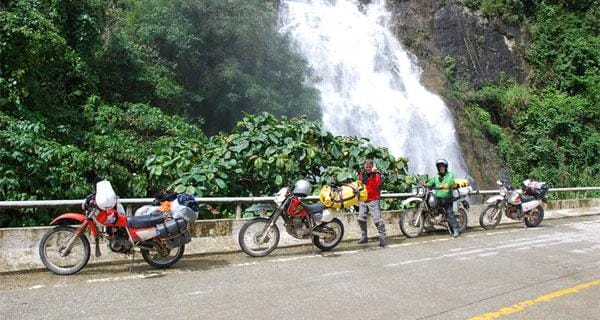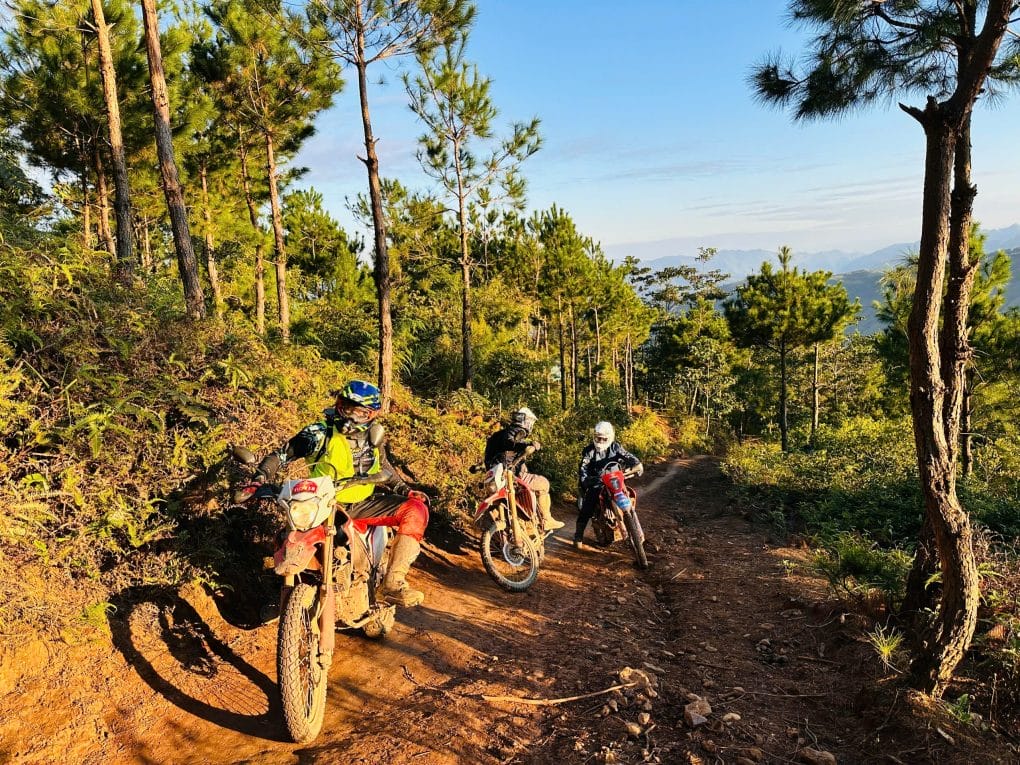Boun Pi Mai, also known as Pi Mai Lao, is Laos’ most significant festival, marking the traditional Lao New Year. Celebrated annually in mid-April, this vibrant event is a blend of spiritual rituals, cultural performances, and joyful water festivities.

The Essence of Boun Pi Mai
Historical Significance
Rooted in Buddhist traditions, Boun Pi Mai symbolizes purification and renewal. It’s a time when Laotians honor their ancestors, seek blessings, and cleanse their spirits to welcome the new year with positivity.
Festival Duration
The celebrations typically span three days, from April 14 to 16, though festivities can extend longer in certain regions. Each day holds unique rituals and customs that reflect the rich cultural tapestry of Laos.
Cultural Traditions and Celebrations
Water Rituals
Central to Boun Pi Mai are the water-splashing activities, symbolizing the washing away of misfortunes and sins. Streets become lively arenas where locals and tourists engage in friendly water fights, fostering a sense of community and joy.
Sand Stupa Building
Participants construct sand stupas at temples and riverbanks, decorating them with flowers, flags, and incense. This act represents the building of merit and pays homage to the Buddha.
Almsgiving and Temple Visits
Mornings are reserved for offering alms to monks, a practice that embodies generosity and spiritual reflection. Families visit temples to bathe Buddha statues, a ritual believed to bring blessings and good fortune.
Cultural Parades and Performances
Cities like Luang Prabang host colorful parades, featuring traditional music, dance, and the crowning of Miss Pi Mai. These events showcase the nation’s artistic heritage and communal spirit.
Regional Variations
Luang Prabang
As a UNESCO World Heritage site, Luang Prabang offers an authentic Boun Pi Mai experience, blending ancient traditions with modern festivities. The city’s serene ambiance enhances the spiritual aspects of the celebration.
Vientiane
The capital city, Vientiane, presents a vibrant mix of religious ceremonies and public festivities, attracting both locals and visitors to partake in the joyous atmosphere.
Participating Respectfully
Visitors are encouraged to dress modestly, especially when visiting temples, and to engage in water activities considerately. Understanding and respecting local customs ensures a meaningful and enjoyable experience for all.
Frequently Asked Questions
Q1: What is the best time to experience Boun Pi Mai?
A1: The festival occurs annually from April 14 to 16, with some regions extending celebrations. Planning your visit during this period offers the most immersive experience.
Q2: Is Boun Pi Mai similar to Thailand’s Songkran?
A2: While both festivals involve water rituals and mark the New Year, Boun Pi Mai is distinct in its Buddhist ceremonies and cultural traditions unique to Laos.
Q3: What should I wear during the festival?
A3: Light, modest clothing is recommended. Be prepared to get wet during water festivities, and consider wearing traditional Lao attire when participating in temple ceremonies.
Q4: Are there specific customs I should be aware of?
A4: Yes, it’s customary to pour water gently as a sign of respect, especially towards elders. Engaging in almsgiving and temple visits is also encouraged.
Q5: Can tourists participate in all activities?
A5: Absolutely. Tourists are welcome to join the celebrations, but it’s important to observe and respect local customs to ensure a harmonious experience.
Boun Pi Mai is more than a festival; it’s a celebration of life, renewal, and community. Engaging in its traditions offers a profound insight into Laotian culture and creates lasting memories for all who participate.
Embark on a journey to Laos this April and immerse yourself in the vibrant celebrations of Boun Pi Mai. Experience the joy, culture, and warmth of the Lao New Year firsthand.


